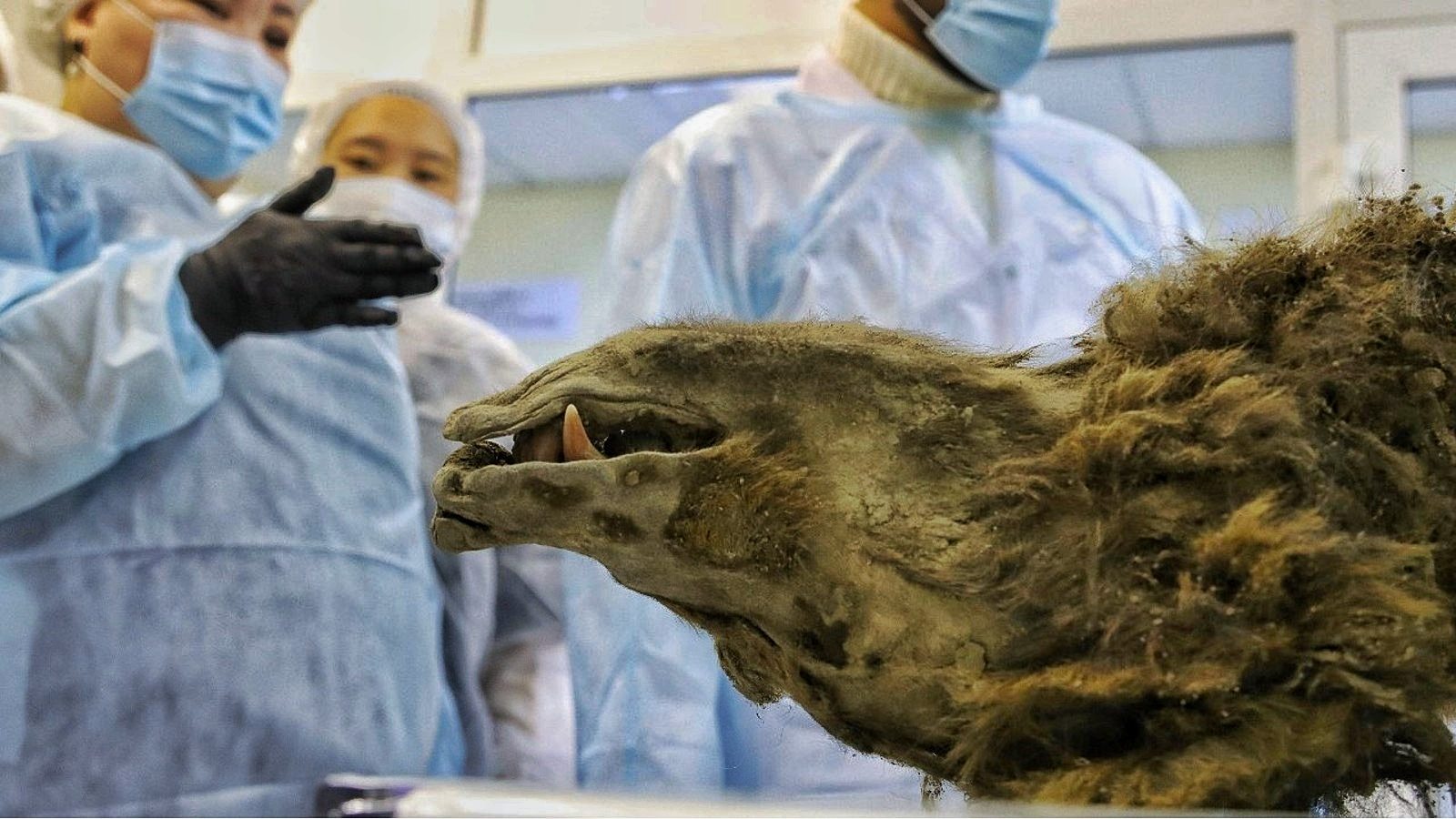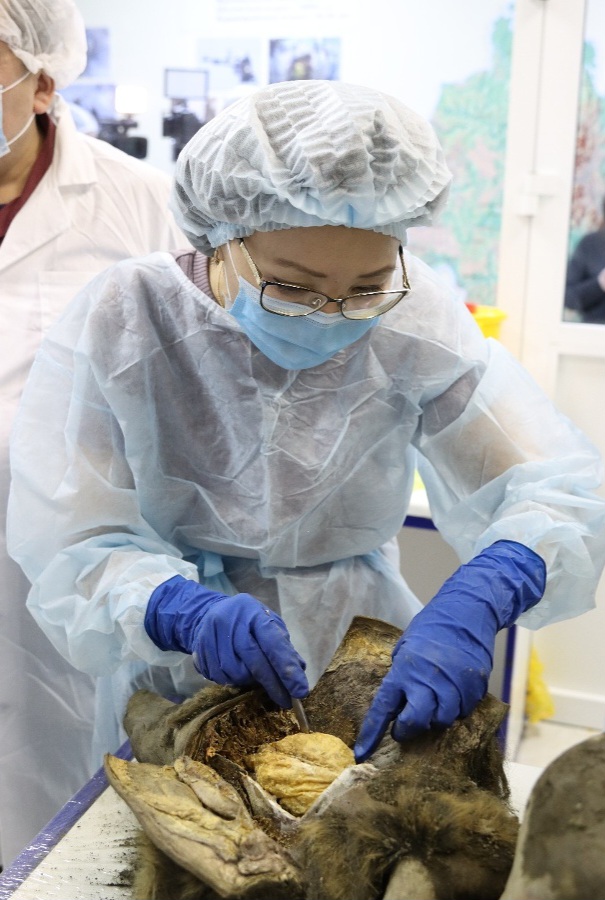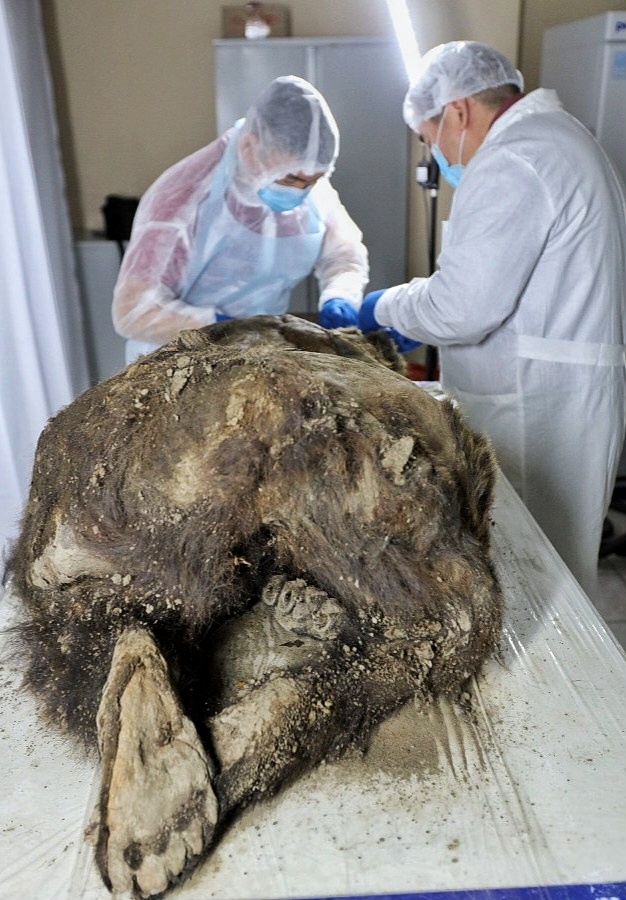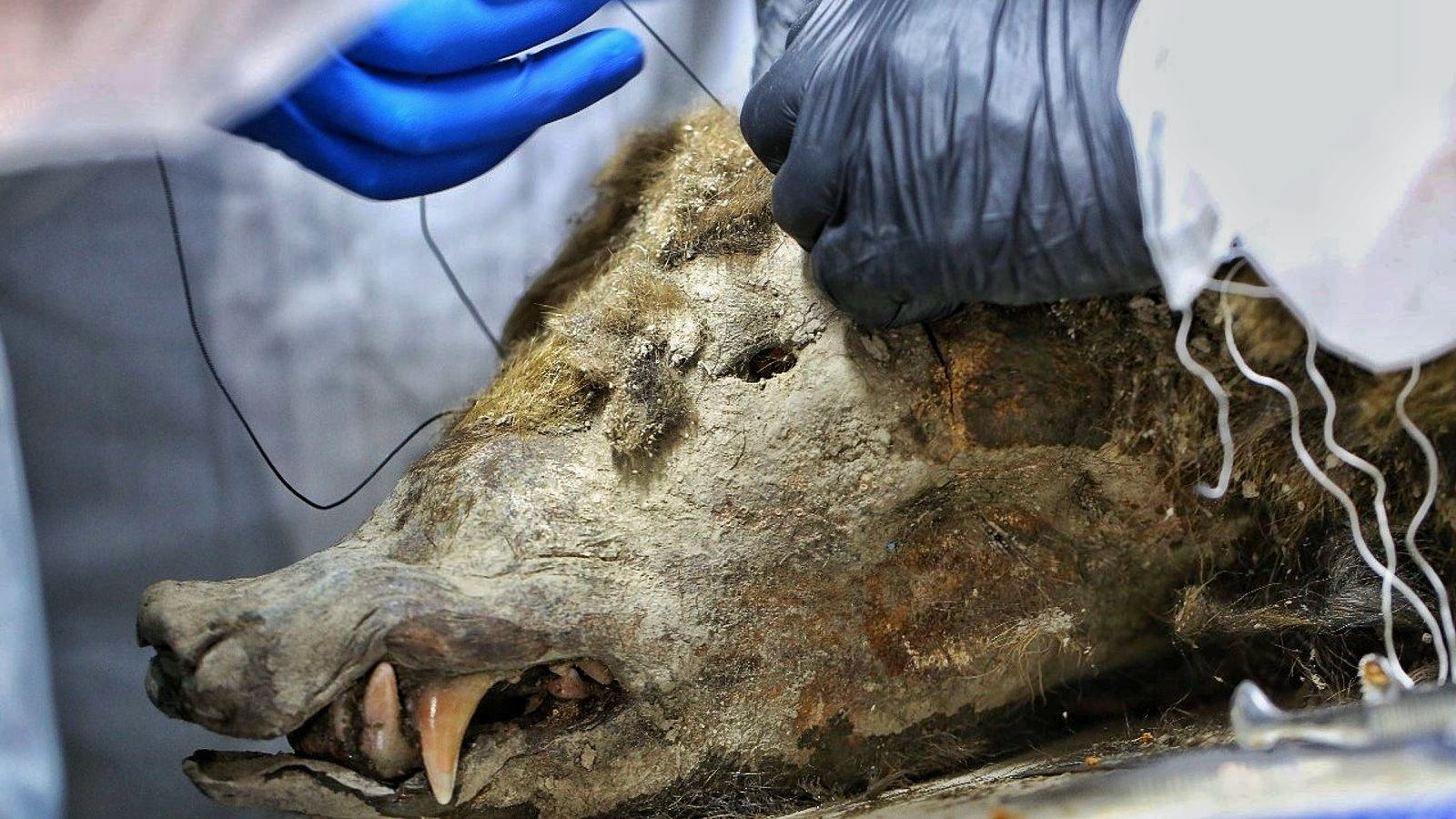A perfectly preserved, mummified bear discovered entombed in Siberian permafrost in 2020 isn’t what experts believed it was, according to a recent investigation. The remarkably undamaged carcass turns out to be far younger than first thought and belongs to a completely other species.

Reindeer herders discovered the bear’s remains on Bolshoy Lyakhovsky Island, a remote Russian island in the East Siberian Sea, which included the bear’s intact skin, fur, teeth, nose, claws, body fat, and internal organs. The Etherican bear was named by researchers after the nearby Bolshoy Etherican River.
When the Etherican bear was first uncovered, researchers at the Lazarev Mammoth Museum Laboratory at North-Eastern Federal University (NEFU) in Yakutsk, who have led the analysis of the remains, thought that the mummy was an extinct cave bear (Ursus spelaeus).
Fossils of this long-lost species suggest that the enormous ancient bears, which are closely related to brown bears (Ursus arctos) and polar bears (Ursus maritimus), grew to around 11.5 feet (3.5 meters) tall and weighed a whopping 3,300 pounds (1,500 kilograms).
U. spelaeus went extinct around 22,000 years ago, toward the end of the Last Glacial Maximum, the coldest part of the last ice age, so the researchers believed that the mummy was at least this old.

However, subsequent analysis revealed that their assumptions about the Etherican bear were way off: In reality, the beast was a brown bear that dated to around 3,460 years ago, the NEFU team said in a statement in December 2022.
The NEFU team recently conducted a full necropsy, or animal autopsy, on the Etherican bear, which has revealed even more about the mysterious mummy, Reuters reported.
The bear was a female that was 5.2 feet (1.6 m) tall and weighed around 172 pounds (78 kg), suggesting it was likely around 2 to 3 years old when it died. It is unclear how the bear perished, but its mummy showed signs of significant spinal injuries that likely contributed to its demise.
The Etherican bear was so well-preserved that its stomach contents were still partly intact, which revealed that the bear had been dining on a mix of unidentified plants and birds, some of whose feathers were still inside the bear’s belly. This fits with what we know about living brown bears that are omnivores, meaning they have a mixed diet of plants and animals.

The researchers also removed the bear’s brain after cutting through its skull, which they hope to study in the future. One of the biggest remaining mysteries about the Etherican bear is how it ended up on Bolshoy Lyakhovsky Island.
According to Reuters, while the island is today isolated from the mainland by about 31 miles (50 kilometers) of the ocean, the most likely explanation is that brown bears traveled to the island when it was still connected by sea ice during the Last Glacial Maximum.

However, if this were the case, researchers would have expected to uncover many more brown bear bones on the island, which is known for its paleontological treasures, including mammoth remains.
The study was originally published in North-Eastern Federal University on December 2022.




